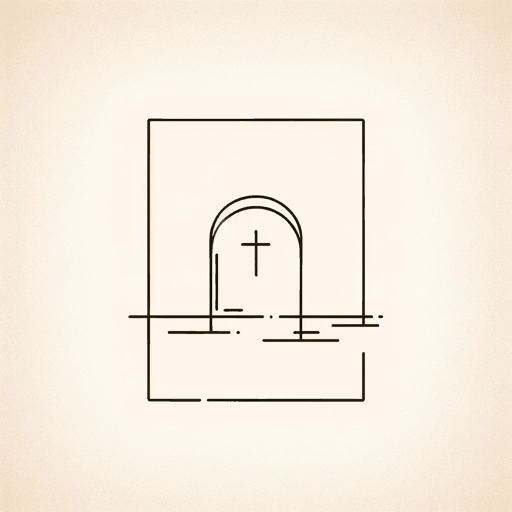41 pages • 1 hour read
Drew Gilpin FaustThis Republic of Suffering: Death and the American Civil War
Nonfiction | Book | Adult | Published in 2008A modern alternative to SparkNotes and CliffsNotes, SuperSummary offers high-quality Study Guides with detailed chapter summaries and analysis of major themes, characters, and more.
Summary and Study Guide
Overview
This Republic of Suffering: Death and the American Civil War is a nonfiction book published in 2008 by Drew Gilpin Faust, an American historian and the first woman to serve as president of Harvard University. A finalist for both the Pulitzer Prize and the National Book Award, This Republic of Suffering details how mass death affected the lives of survivors during and after the Civil War.
Plot Summary
The Civil War is known for the large numbers of men, women, and children who died from battle wounds and diseases incurred from wounds. Faust illustrates how ill-equipped both the North and South were to handle such a challenge, citing numerous ways people struggled to understand and cope with death on such a large scale. Bodies were routinely left on battlefields, leaving the next of kin uncertain as to the fate of their loved ones were dead. However, more than 600,000 soldiers died during the four-year-long war, plus thousands of civilians. Their deaths created enormous logistical, spiritual, medicinal, and legal problems for those they left behind.
In the first chapter, Faust explores how soldiers and their families justified a willingness to enter a battlefield where they were expected to kill or be killed. The realities of death during wartime, she writes, complicated Christian ideas surrounding what constituted a Good Death. As such, Christians came to accept that many soldiers would not be granted the time to make their peace with God before dying.
Next, the author examines the new modes of killing ushered in by the Civil War and the new attitudes soldiers necessarily adopted in response to such brutality. Given that individuals on each side came to view their cause as righteous and holy, many soldiers relished in killing, even if doing so contradicted their religious views.
The third chapter explores the difficulty of giving fallen soldiers proper burials during the Civil War. By necessity, retreating armies had to abandon their dead or else risk leaving themselves vulnerable to enemy fire. Compounding the indignity, enemy troops frequently desecrated whatever makeshift burials their adversaries managed to complete in the short amount of time before retreat.
In the following chapter, the author points out the staggering number of Union and Confederate soldiers who died anonymously. Civil War soldiers had no equivalent to modern day dog tags, and the brutality of contemporary weapons of war often left corpses unrecognizable. This suspended many families in a state of uncertainty as they sought desperate ways to locate their missing husbands, fathers, and sons.
Next, Faust examines the impact of the Civil War on civilian populations. Especially in the South, provisions shortages in the army left civilians with little food for themselves, causing widespread famine and starvation. Meanwhile, wounded soldiers often spread deadly diseases to communities who took them in for treatment.
The sixth chapter explores religious attitudes during and after the Civil War. Because both sides believed in the righteousness of their cause, the losing side was forced to confront the fact that God allowed them to lose. This caused many White southerners to continue believing their cause was just, resulting in a belief system built on White supremacy that had grievous consequences for generations of African Americans.
In Chapter 7, Faust discusses the enormous challenge of recovering the dead. Two of the most important figures in these efforts were the nurse and American Red Cross founder Clara Barton and Superintendent of National Cemeteries Edmund Whitman. Barton went on to locate and bury twenty thousand Union soldiers in the five years following the war, while Whitman, aided by Union regiments of African American soldiers, located over 100,000 Union soldiers who died in Confederate territory.
Finally, in Chapter 8, the author argues that counting the dead became a coping mechanism for Americans on both sides of the Civil War, even though poet Walt Whitman characterized the losses of the conflict as “countless.”
Editor’s Note: The citations in this guide refer to the Kindle version of the text, and not page numbers.


